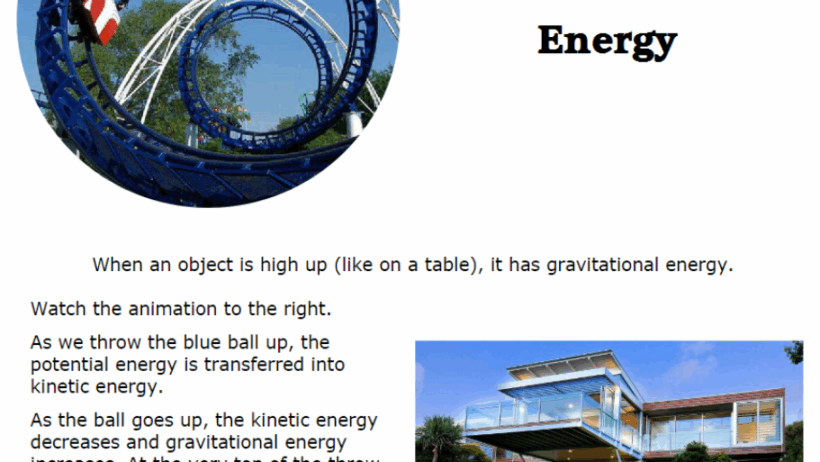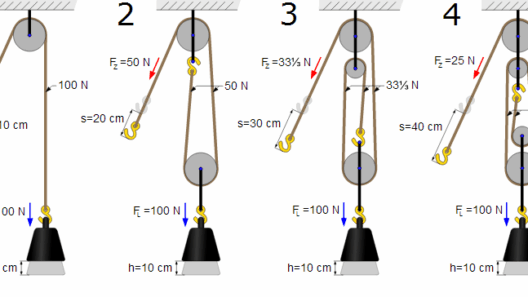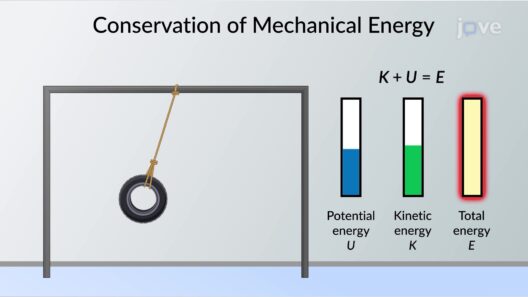Understanding the conservation of energy in gravitational orbits involves intricate mechanics of celestial bodies and the interplay between kinetic and potential energies. This phenomenon is rooted deeply in the principles of classical mechanics, primarily articulated through Newton’s laws of motion and the law of universal gravitation.
When we explore gravitational orbits, we delve into systems where mass interacts through gravitational forces. A fundamental aspect to consider is the nature of gravitational potential energy and how it transforms into kinetic energy as celestial bodies traverse their paths through space.
To begin, let us define gravitational potential energy. This form of energy is determined by the mass of an object, the gravitational field it is in, and the height of the object relative to a reference point. In the context of orbits, this reference point is often taken at infinity, where gravitational force approaches zero. When an object is raised within a gravitational field, it gains potential energy. Conversely, as it descends, this potential energy decreases while its kinetic energy amplifies.
Now, consider a planet orbiting a star. As the planet moves, it experiences continuous changes in its kinetic and potential energies. At the point of closest approach, known as periapsis, the planet possesses maximum kinetic energy and minimum potential energy. Conversely, at its farthest point from the star, the aphelion, the potential energy reaches its zenith while kinetic energy is minimized. This cyclical conversion underscores the conservation of mechanical energy within an orbital system.
Mechanical energy, combining kinetic and potential energies, remains constant in the absence of external forces. In ideal conditions, where only gravitational forces act—such as in a vacuum devoid of atmospheric drag—the total energy of the system remains conserved. Thus, while the specific forms of energy fluctuate (kinetic and potential), their sum is invariant, affirming the foundational principle of energy conservation.
However, real-world systems frequently deviate from this idealization. Perturbations caused by external gravitational influences, atmospheric drag, or tidal forces can introduce complexities that lead to energy dissipation. For example, when satellites orbit a planet, they may experience slight drag from atmospheric particles, leading to energy loss through the conversion of mechanical energy to heat. Consequently, such phenomena generate a need for periodic boosts to maintain stable orbits.
The intricacies of energy conservation are further illustrated when we examine specific orbital dynamics, particularly in the context of elliptical orbits as described by Kepler’s laws. Kepler’s first law posits that planets (or any objects in gravitational motion) trace out elliptical paths, with the central body situated at one of the foci. In an elliptical orbit, the velocity of the orbiting body varies: it moves fastest at periapsis and slowest at aphelion. The conservation principles articulated apply unabated, reaffirming that the kinetic energy is inversely linked to the potential energy, all while ensuring the total energy remains definitive.
Moreover, we can extend the discussion to the phenomenon known as gravitational assist or slingshot effect, utilized by spacecraft to gain speed without expending additional fuel. When a spacecraft approaches a planet, it is influenced by the planet’s gravitational field, allowing it to convert potential energy into increased kinetic energy. This method elegantly exemplifies energy conservation, showing that energy from celestial bodies can be harnessed efficiently.
In essence, the question of whether energy is conserved in gravitational orbits can be answered affirmatively in an idealized context. Yet, one must remain cognizant of the various factors that may encumber this conservation in practical scenarios. Energy interactions are fundamental to understanding broader ecological and cosmological systems, emphasizing the interconnected nature of physics and environmental sciences.
Additionally, conservation of energy principles resonate deeply within the discourse on sustainability and resource management on Earth. Understanding how energy is transferred and transformed not only pertains to celestial mechanics but also provides insights into conserving terrestrial energy resources. Awareness of conservation laws can encourage responsible usage and inspire innovations in renewable energy technologies, thus contributing positively to global efforts in sustainability.
In conclusion, while gravitational orbits encapsulate the elegant dance of energy conservation, the real-world implications highlight a dynamic interplay of factors that can challenge idealized principles. The study of gravitational orbits is not merely an academic pursuit; it serves as a critical lens through which we can examine both the cosmos and our energy practices on Earth. In doing so, we foster a better understanding of how to utilize energy wisely, with respect to both celestial phenomena and environmental welfare.








